How to Care for a Dental Emergency at Home
If you’re like most people, you probably don’t think much about your teeth until something goes wrong. But even then, it’s important to get it checked out as soon as possible. And while an emergency room visit might be necessary in some cases, there are also some things you can do at home to help manage your dental emergency until you can see a dentist.
In this article, we’ll go over the steps for handling a dental emergency at home and what signs point toward needing professional care right away.
You lost a tooth — an avulsed tooth
If you’ve lost a tooth, the first thing to do is to clean it.
- Use water to rinse off any dirt or debris from the area.
- If you have mouthwash, use that as well.
- Tell your dentist which tooth it was so he or she can make sure there’s nothing else wrong in that area of your mouth. You may need antibiotics or stitches.
If you have an avulsed permanent tooth, ask your dentist if there’s anything special he or she needs from you when caring for this type of injury (for example, ordering X-rays).
If you have an emergency beyond home care, please call 866-720-2809 to be immediately connected with an emergency dentist in your zip code for urgent dental care.
You cracked or chipped your tooth.
If you chip or crack your tooth, here’s what to do.
Take a deep breath and relax. Cracked or chipped teeth usually don’t require a trip to the emergency room. Take an over-counter pain reliever such as ibuprofen (Advil) or acetaminophen (Tylenol). If symptoms persist for more than 24 hours after using these medications, see your dentist ASAP. Rinse any visible debris from the chip with warm water and apply antibiotic ointment before placing gauze over it until you can get professional care from your dentist—this will help prevent infection while maintaining good oral hygiene at home.
You have a toothache.
If you’re experiencing a toothache, it’s important to know that the pain isn’t going to last forever. Often, toothaches are caused by something temporary—like an exposed nerve or food stuck in between two teeth. In these cases, your dentist may be able to treat the problem with a simple procedure like removing the offending item from your mouth and flossing regularly.
However, if you’re experiencing severe pain or have signs of infection (such as swelling), see your dentist right away so they can take care of any underlying problem.
Rinse your mouth with saltwater.
Rinse your mouth with saltwater. This can help clean the wound and is a good antiseptic to have on hand. Use warm water, not hot water, as cold can be painful and cause swelling. Don’t swallow the saltwater—it will help numb your mouth while you work on the injury! Do not use mouthwash at this stage because it can sting and even worsen an existing cut or wound in your mouth.
Take ibuprofen to reduce swelling.
If you’ve got a throbbing toothache, it’s helpful to know that ibuprofen can reduce swelling. A dose of 600 mg should do the trick, but if you’re taking it for any other reason (like arthritis or menstrual cramps), follow your doctor’s instructions and don’t take more than directed.
Take ibuprofen with food or milk to reduce stomach upset and avoid overly high blood pressure. If symptoms persist for several days, see your dentist immediately; if they are severe or persistent despite treatment with ibuprofen, visit an ER doctor as soon as possible.
Use ice packs to relieve pain.
Ice packs can help reduce swelling and pain. The American Academy of Pediatric Dentistry recommends using an ice pack wrapped in cloth: apply the ice pack to the affected area for 20 minutes, and then remove it for 10 minutes before reapplying. Repeat this process until your pain subsides.
Apply a cold compress outside your mouth
This is the first step to taking care of any swelling or soreness that may result from an injury or accident. Placing ice on the affected area will reduce swelling and pain, but only if it’s kept at room temperature (about 70 degrees). Using very cold water or ice directly on your skin can cause frostbite and tissue damage, so make sure you use a cloth soaked in ice water instead!
You can take these steps to help reduce the pain and discomfort of a dental emergency at home while you get help from your dentist
- Rinse your mouth with warm water.
- Use an over-the-counter pain reliever like aspirin or ibuprofen, if you have it.
- If the object is sharp and sticking out of your gums or cheek, you can use a pair of tweezers to pull it out gently. Remember that the harder you pull, the more painful it will be.
- If there’s a lot of swelling in your mouth, try to keep food and drink down to reduce swelling even further.
Get professional help
If you’re dealing with a dental emergency, it’s important to know when to seek professional help. If you can’t control the bleeding yourself, or it feels like your tooth is loose in your mouth, call the dentist’s office for advice on what to do next. If you need an emergency sedation dentist, consider consulting our directory.
If you’ve lost more than just a few teeth (or if it looks like several are loose), check our directory immediately. Many professionals are available 24/7 to assist you. If it’s an extreme case, it should be dealt with by professionals as soon as possible. You don’t want any further complications because of improper care!

